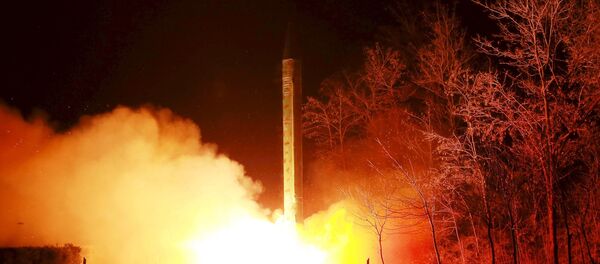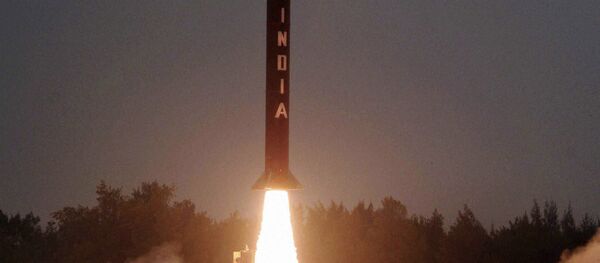In 1940s and 50s, during a heavy period of nuclear weapons testing, scientists predicted that background radiation would eventually drop to a level that would allow the return of relocated indigenous people to their native islands.
The lead author of the research, Autumn Bordner, from Columbia University's Center for Nuclear Studies, accompanied by fellow scientists, traveled to the islands to test gamma radiation levels on Enewetak, Rongelap, and Bikini.
The team stayed on the islands for two weeks and covered an area of over 1,000 square miles. Radiation readings were then compared to measurements from Majuro Atoll, an island far enough away to be used as a control. Measurements were also taken in Central Park, in New York City, New York, as an additional control.
"Central Park and the Majuro Atoll experience 13 and 9 millirems of radiation per year, respectively," the study said. "Enewetak had the lowest radiation levels, at 7.6 mrem/y, which makes sense, since the island has had extensive cleanup efforts. Rongelap has higher levels at 19.8 mrem/y, and Bikini Atoll has the most radiation of the islands studied, with a mean of 184 mrem/y."
The scientists observed that the measurements differ little from those taken two decades ago, although it had been expected that radiation levels would by now have measurably decayed.
Researchers affirm that, without studying the effects of the environment on humans, it is not known whether the Marshallese people can safely return to Rongelap and Bikini.




